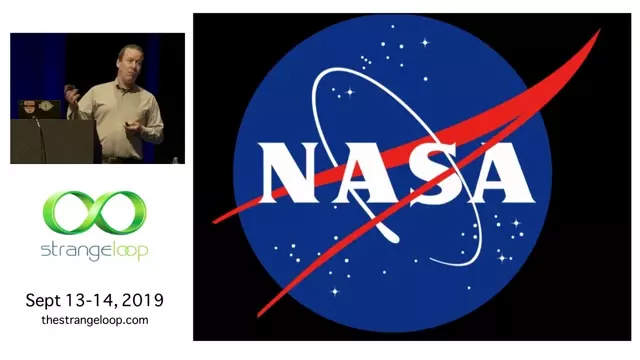2019-09-14
[public] 275K views, 7.60K likes, 118 dislikes audio only
The Voyager 1 and Voyager 2 space probes, both launched in 1977, each had a primary objective to explore Jupiter and Saturn. This goal was achieved by 1981. Yet Voyager, NASA's longest running mission, has continued to this day. Both Voyager probes are still operating, and returning scientific data from outside our solar system.
This talk explores the computing systems of Voyager - the systems which enable remote control of the spacecraft, and provide for the recording and return of data to Earth. These systems have proved to be both adaptable, durable, and resilient in support of a scientific undertaking now in it's fifth decade.
What can we learn from the engineering of Voyager's computing systems? Why have they survived for so long in the harsh environment of space? What is involved in patching a system from a billion miles away? And what does the future hold?
Aaron Cummings
@btvaaron
Aaron Cummings is a software developer working in the semiconductor industry, currently leading a team working on tools for building and testing embedded memories. He has had a long term fascination with the space program, and has been interested in Voyager since seeing the pictures returned from Jupiter and Saturn in the 1980s.
Chapter listing
00:00 Background on Voyager
01:16 Talk outline
02:00 About the speaker
02:25 Origins of Voyager
03:18 Initial requirements
08:25 Revised program
10:05 The 3 R's
11:08 Probe design
12:55 Command Computer System
17:40 Attitude and Articulation Control System
20:04 Flight Data System
23:56 Voyager 0
24:35 Voyager 2 mission
29:07 Sustaining power
30:26 The golden record
31:20 Q&A
